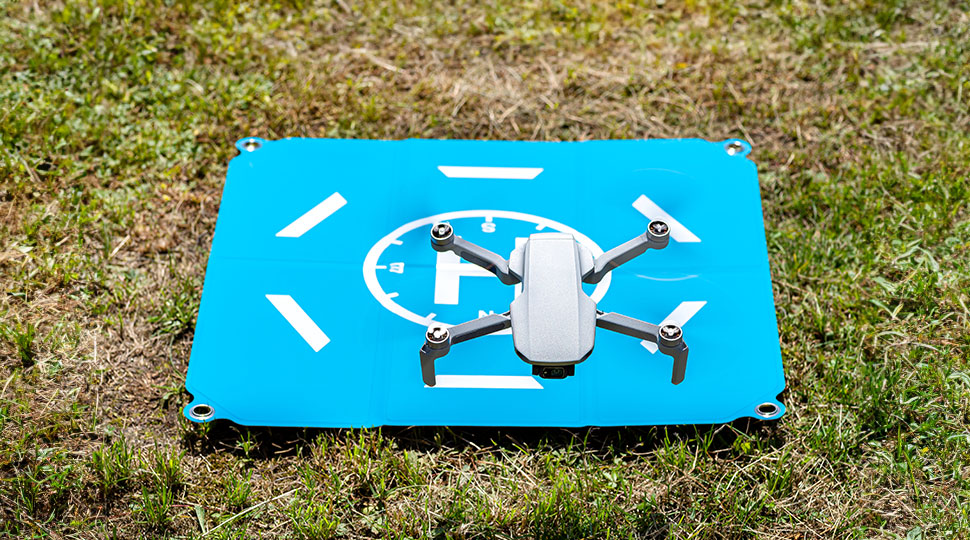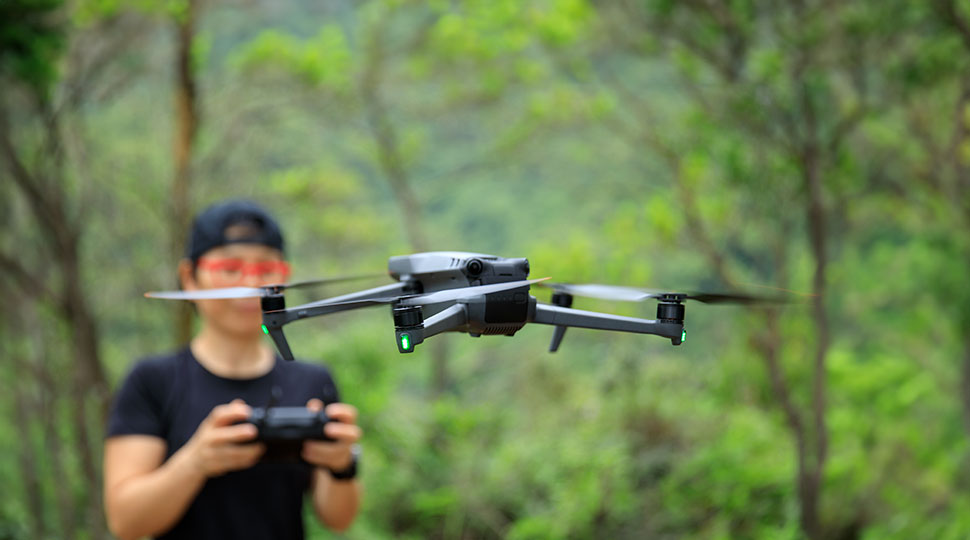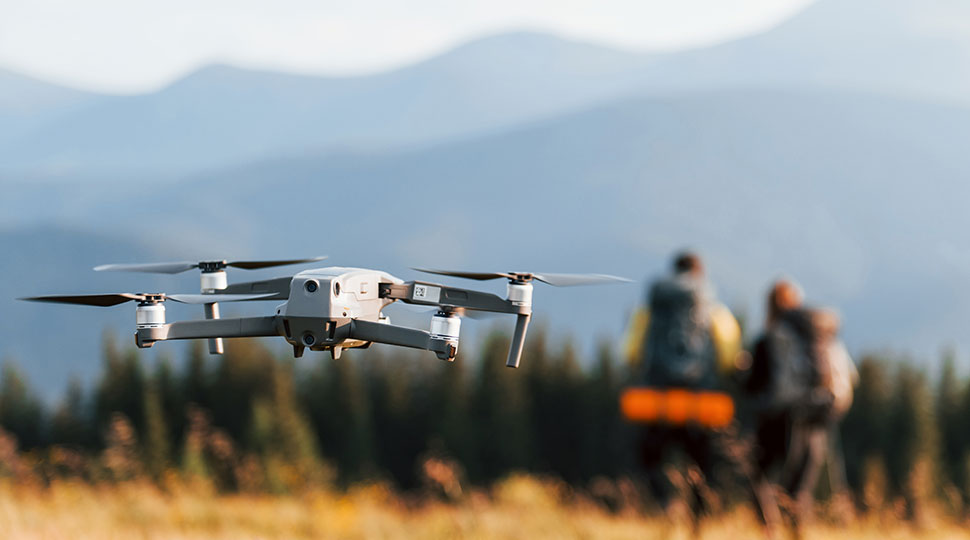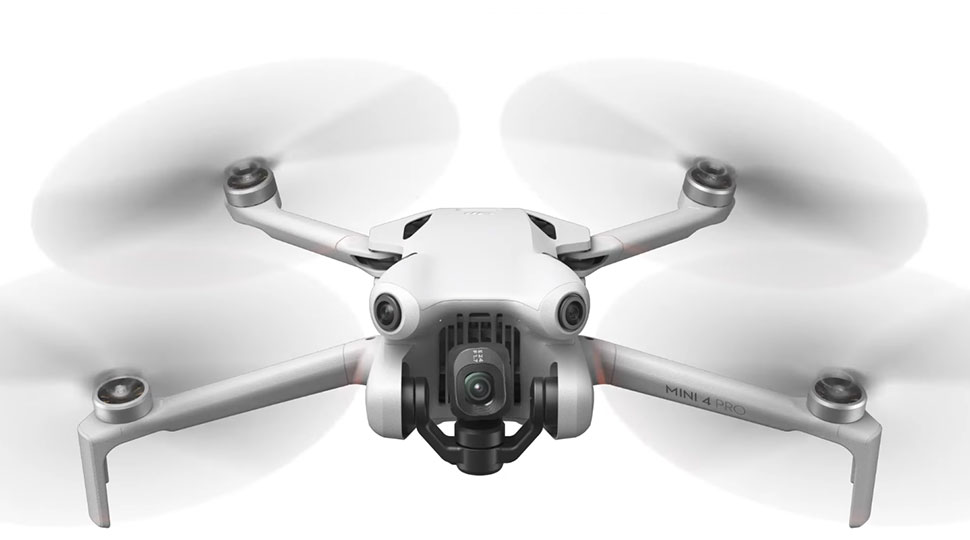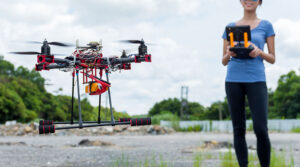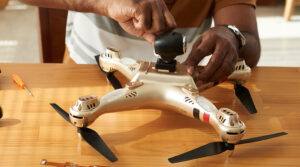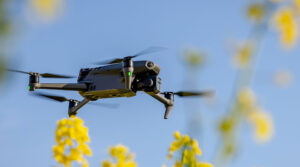Are you ready to take your drone piloting skills to the next level and become a professional? With the increasing demand for aerial footage and data collection, becoming a skilled drone pilot can open doors to exciting career opportunities.
In this article, we’ll walk you through five easy steps to help you achieve your goal. From getting the right training to investing in quality equipment, practicing, and building skills, and finally, getting certified and joining the industry, we’ll cover everything you need to know to become a professional drone pilot.
Step 1: Get the Right Training
Becoming a professional drone pilot requires more than just flying skills – it demands a deep understanding of the regulations, safety procedures, and technical aspects of drone operation. That’s why getting the right training is crucial to achieving your goal. With so many training options available, it can be overwhelming to choose the best one for you.
But don’t worry, we’ve got you covered.
When selecting a training program, look for ones that cover the following essential topics:
FAA regulations and local laws: Understand the rules of the sky and stay compliant with federal and local regulations.
Drone safety and emergency procedures: Learn how to handle unexpected situations, such as equipment failure or inclement weather.
Piloting techniques and weather conditions: Master various piloting techniques and learn how to adapt to different weather conditions.
Camera settings and photography skills: Develop your skills in camera settings, framing, and composition to capture stunning aerial footage.
In addition to covering these topics, a good training program should also offer hands-on experience, mentorship, or real-world projects. This will help you build your skills and gain confidence in your abilities. Imagine being able to put your new skills into practice with a real-world project – it’s an incredible feeling!
Step 2: Investing in Quality Equipment
Investing in quality equipment is essential for any professional drone pilot. A good drone should be durable, easy to use, and capable of handling various weather conditions. But what makes a drone “good”?
Let’s break it down.
When selecting a drone, consider the following factors:
Budget: Set a realistic budget and look for drones within your price range.
Durability: Choose a drone with a sturdy construction and high-quality components that can withstand rough handling.
Ease of use: Opt for a drone with an intuitive controller and user-friendly interface that makes it easy to operate.
But don’t forget about regular maintenance! A well-maintained drone is a happy drone. Make sure to regularly:
Check propellers and replace them as needed: Keep your propellers in top condition to ensure optimal performance.
Clean the camera lens and sensors: Remove dirt, dust, and debris to maintain crystal-clear video and image quality.
Update software and firmware regularly: Stay up-to-date with the latest features, bug fixes, and security patches.
By investing in quality equipment and regular maintenance, you’ll be able to produce high-quality footage and data that meets your clients’ expectations.
Step 3: Practice and Build Skills
Practice is a crucial step in becoming a skilled drone pilot. The more you fly, the better you’ll become at navigating through different environments and weather conditions. But don’t just wing it (pun intended)!
Here are some tips to help you build your skills and take your drone piloting to the next level:
Start with short flights and gradually increase your flying time: Ease into longer flights as you gain experience and confidence.
Practice in a variety of locations, such as parks, fields, or urban areas: Get comfortable flying in different environments and conditions. This will help you develop your skills and adapt to new situations.
Experiment with different camera angles, speeds, and settings: Practice capturing different shots and scenes to improve your photography and videography skills.
Log your flight hours and track your progress: Keep a record of your flights and note what you did well and what needs improvement. This will help you identify areas that require more practice.
Join online communities or forums to connect with other drone pilots, share tips, and learn from their experiences: Connect with other pilots who have been in your shoes and learn from their successes and failures.
By following these steps, you’ll be well on your way to becoming a skilled drone pilot. Remember, practice makes perfect, so get out there and start flying!
Step 4: Get Certified and Join the Industry
To become a professional drone pilot, you’ll need to obtain certification from the Federal Aviation Administration (FAA) or equivalent regulatory body in your country. The Part 107 certification is the most popular option for commercial drone pilots.
To get certified, you’ll need to:
Meet the age and language requirements: Make sure you meet the minimum age requirement (usually 16 years old) and can understand English.
Pass a written exam covering topics such as airspace regulations, weather conditions, and safety procedures: This comprehensive exam will test your knowledge of drone operation, safety, and regulations. Study hard and prepare for success!
Provide proof of identification and citizenship: Show proof of who you are and where you’re from (e.g., driver’s license, passport).
But certification is just the beginning! Joining professional organizations, such as:
Association for Unmanned Vehicle Systems International (AUVSI): The largest non-profit organization dedicated to advancing the drone industry.
DJI Enterprise: A community of professionals who use DJI drones for commercial purposes can help you network with other professionals, stay updated on industry developments, and access exclusive resources. This will give you a competitive edge in the job market and help you build a successful career as a professional drone pilot.

Cleared for Takeoff
Becoming a professional drone pilot requires dedication, practice, and the right training. By following these five easy steps – getting the right training, investing in quality equipment, practicing and building skills, getting certified, and joining the industry – you can achieve your goal and start a successful career as a professional drone pilot.
Remember to always stay up-to-date with the latest regulations, best practices, and technological advancements in the field. With persistence and hard work, you can take your drone piloting skills to new heights and enjoy a rewarding career in this exciting industry.

